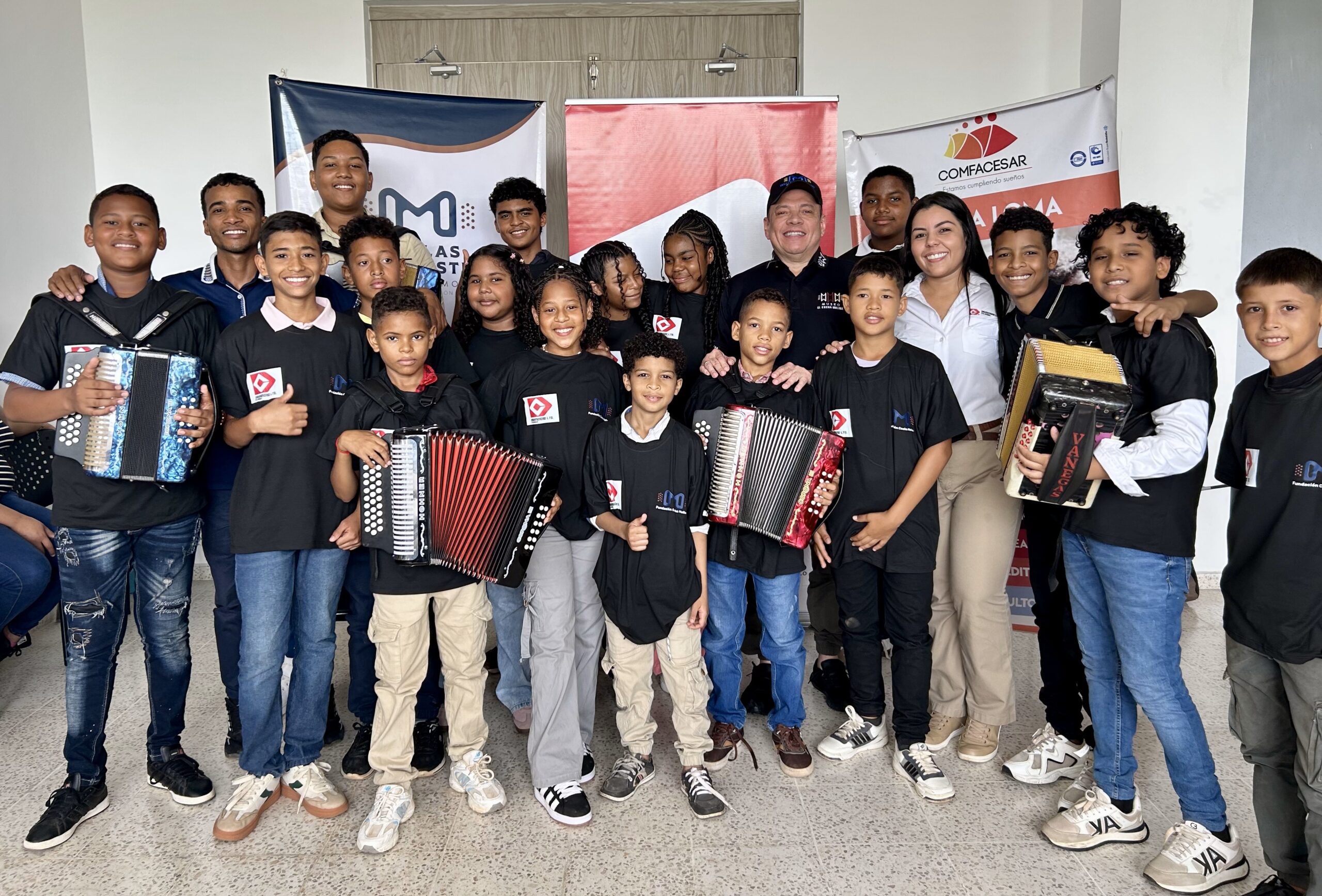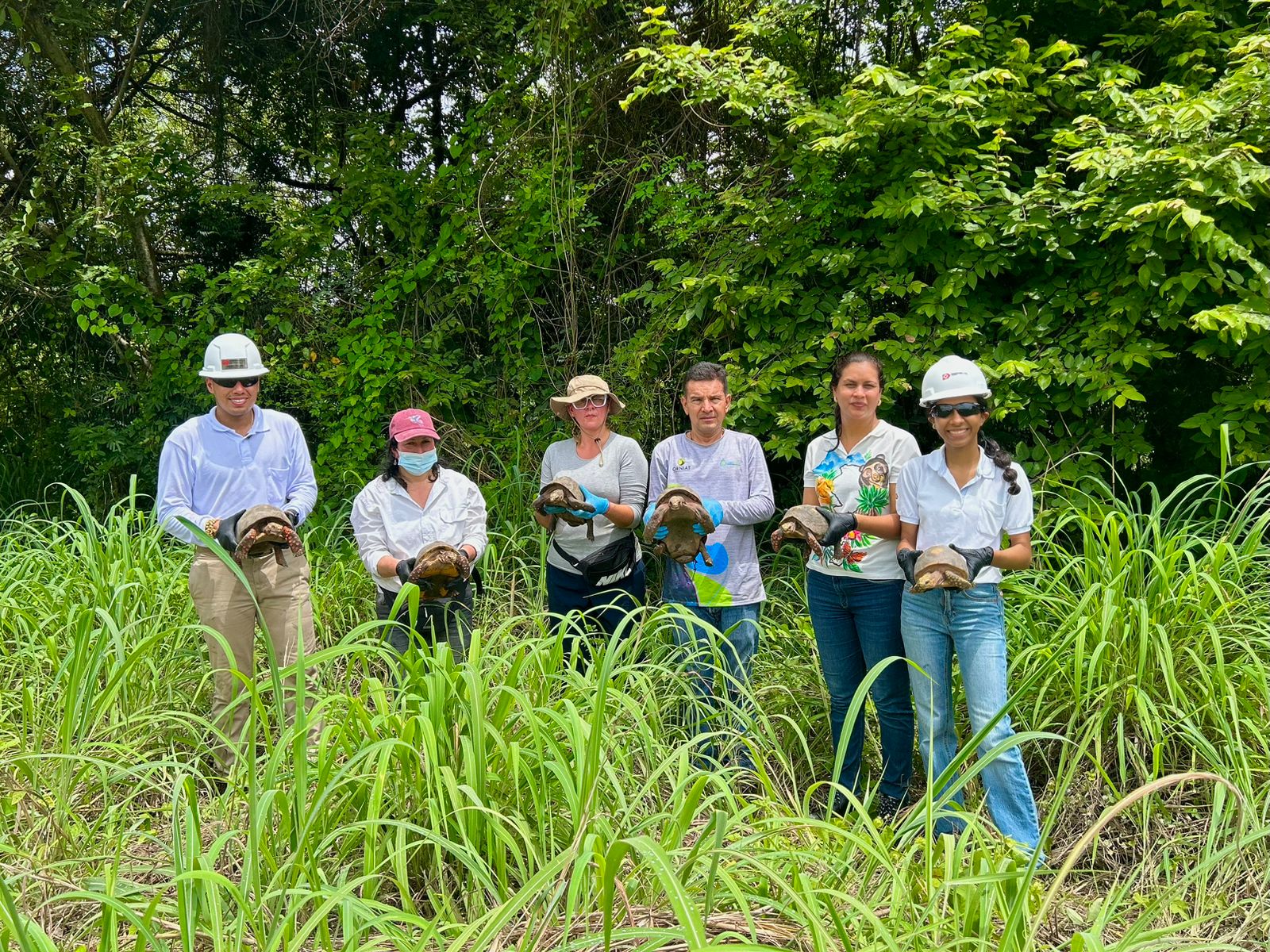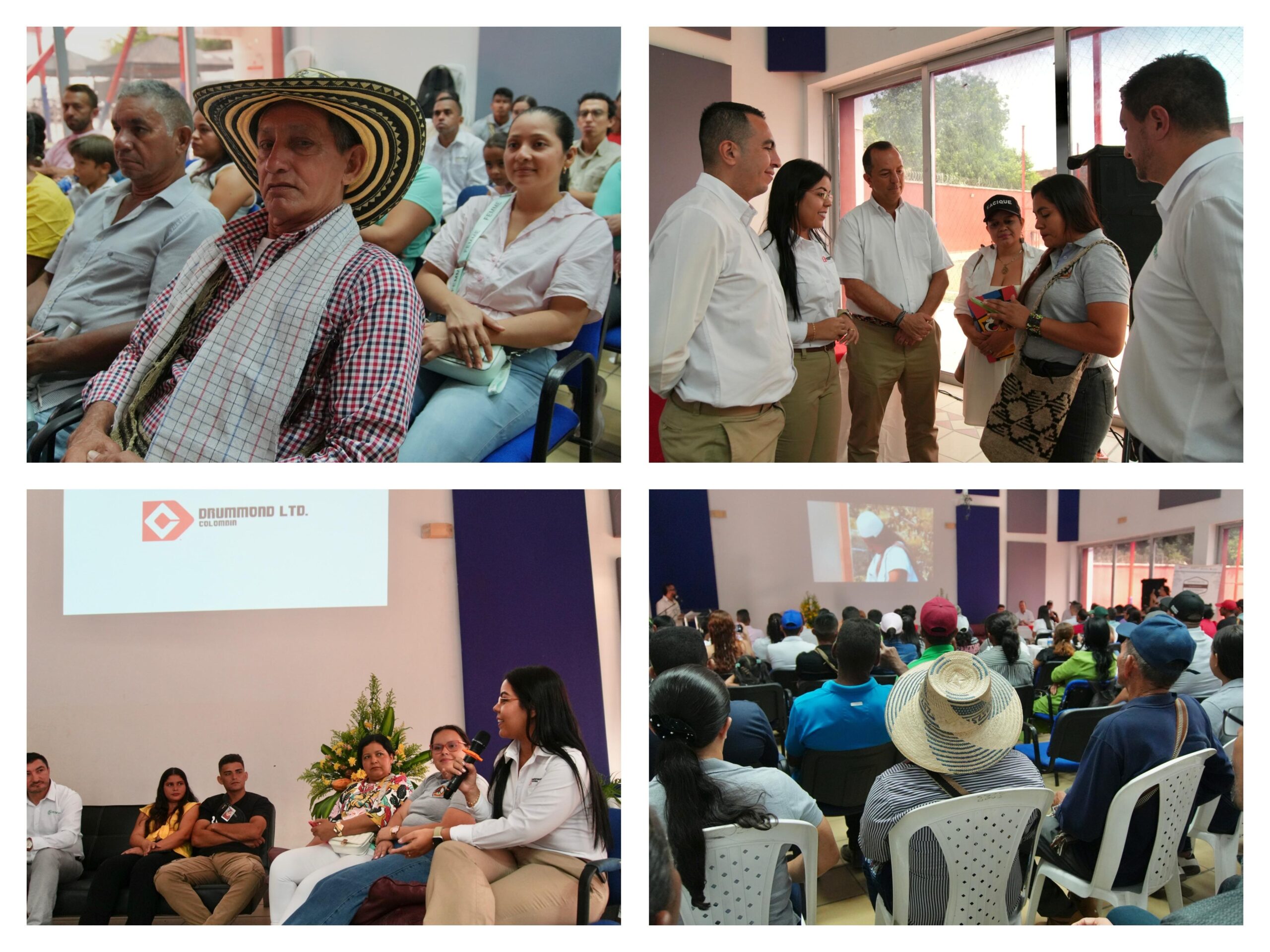Through its environmental management policies, the Company seeks to protect and conserve the environment by focusing on developing programs that are aimed, continuously, at wildlife conservation.
That is why, within the operation, the work of rescuing and relocating wildlife plays a significant role as methods for protecting and safeguarding the species found in the areas where mining activities are or will be conducted. Additionally, we are conducting wildlife displacement processes, guiding their relocation to safe places outside of the work areas.
The relocation of wildlife is one of the appropriate environmental procedures that we implement when an ecosystem and its associated fauna will be affected. This procedure is implemented as a means of mitigating environmental impacts, allowing animal populations to be relocated to natural habitats that provide similar conditions to those they lived in before, or to set groups of animals brought from other places with similar ecological attributes free at the site, always within their range (UICN, 1995).
To select the sites that are suitable for relocating the wildlife, we need to assess the load capacity of the receiving site, which is defined as the maximum number of organisms that an ecosystem can support under natural conditions without affecting its balance. Thus, these studies are important to determine if the receiving ecosystem is capable of withstanding the introduction of relocated species.
Therefore, we have established 4 specific phases for the Rescue and Displacement programs that contribute to the species’ conservation and safety. The first, theInitial inspection, is where we identify the areas to be addressed, seeking to facilitate the relocation in a way that is instinctive to the animal to areas where the project will not be operating. The second phase, Displacement, is where we use sound emissions, similar to the sounds of predators, to facilitate the escape to later adjust boundaries that reduce the likelihood that the animals will return to places where they may be at risk.
The third phase of Capture and relocation is aimed specifically at slow-moving animals and those that cannot move to another area on their own. At this stage, the animals are checked by a veterinarian, who is also in charge of performing other identification and documentation procedures to monitor and ensure that they experience the least possible impact upon release. Also, we identify the options for relocation to minimize stress and facilitate integration with other creatures, making sure to choose the pre-planned escape routes. Lastly, there is the assessment phase, when feedback is given on the experience with regards to future wildlife relocations, sharing the results and sending reports to the relevant environmental authorities.
This is how Drummond Ltd. takes responsibility for its relationship with the environment, implementing the appropriate actions to protect and conserve the scenery and ecosystems that are within or close to its mining operations.








